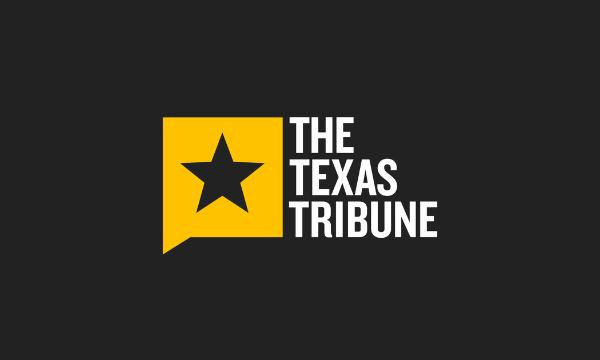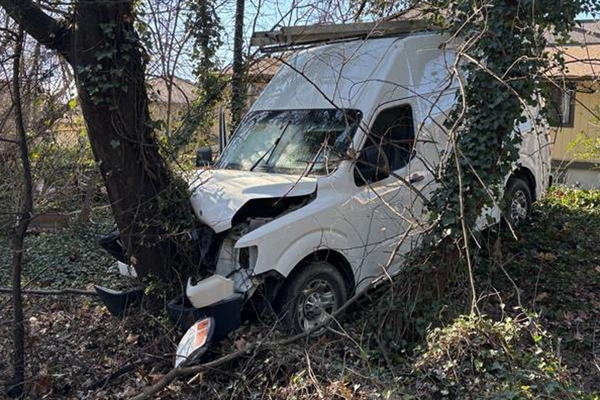
Around one in 10 young adults in the UK identify as lesbian, gay or bisexual (LGB), a proportion of the population which has doubled in the past five years, according to figures from the Office of National Statistics (ONS).
Just over 10% of 16- to 24-year-olds identified as LGB in 2023 – the most recent window polled – up from 4.4% in 2018, according to data from the Annual Population Survey.
A sharp rise in the number of young people identifying as bisexual was a key reason for the increase, said the ONS. Some 7.5% of people aged 16-24 identified as bisexual in 2023, up from 2.8% in 2018. The figure was even higher among women aged 16-24, with 9.2% identifying as bisexual compared with 5.9% of males.
Simon Blake, the chief executive of LGBTQ+ charity Stonewall said the data should be “a wake-up call to organisations and governments who are rolling back on their commitments to LGBTQ+ rights and inclusion”.
“Lesbian, gay and bisexual people are a growing part of UK society, with more LGB young people than ever before,” he said. “The more than one in 10 of 16-24 year-olds identifying as LGB will be a crucial part of our workplaces, politics and lives. They will have colleagues, friends and families who support them, and they will deserve – and demand – equal rights and opportunities.”
Across the population as a whole, an estimated 2.1 million people (3.8%) identified as LGB in 2023, up from 1.2m (2.2%) in 2018; 93.6% of the UK population identified as heterosexual, down from 94.6% in 2018.
The data suggests that the proportion of UK adults identifying as LGB varies sharply in different age groups: while one in 10 under-25s say they are LGB, the figure is closer to one in 100 for the over 65s. The data shows that 6.3% of 25-34 year-olds identify as LGB, compared to 2.9% of 35-49 year-olds and 2.4% of 50-64 year-olds.
London had the highest proportion of adults identifying as LGB in 2023 (5.2%) followed by south-west England (4.4%), while Northern Ireland had the lowest (2.2%) with the West Midlands the second lowest (2.8%).
The ONS data also shows that same-sex marriages, which were introduced in 2014 in the UK, have overtaken civil partnerships, available to same-sex couples since 2005 and to heterosexual couples since 2018, as the most common type of legal partnership for people identifying as gay or lesbian. The proportion of heterosexual people in opposite-sex marriages has fallen from 49.7% in 2018 to 46.2% in 2023.
The ONS said the increase in the number of people identifying as LGB could be “attributed to more people being more open to identifying their own sexual orientation as being LGB, together with changing societal attitudes meaning a greater acceptance of different sexual orientations”.
Results from the separate British Social Attitudes (BSA) survey in 2023 “support the view that society is becoming more welcoming towards diversity in sexual identity – a view supported by the recognition of same-sex relationships in law through same-sex marriage and same-sex civil partnership legislation,” the ONS added.
In its 40th year of mapping Britain’s cultural and political landscape, the BSA survey found “a near revolution” in the liberalisation of attitudes over the last four decades, including towards same-sex relationships. In 1983 half of respondents said they were “always wrong”, compared with 9% in 2022.







